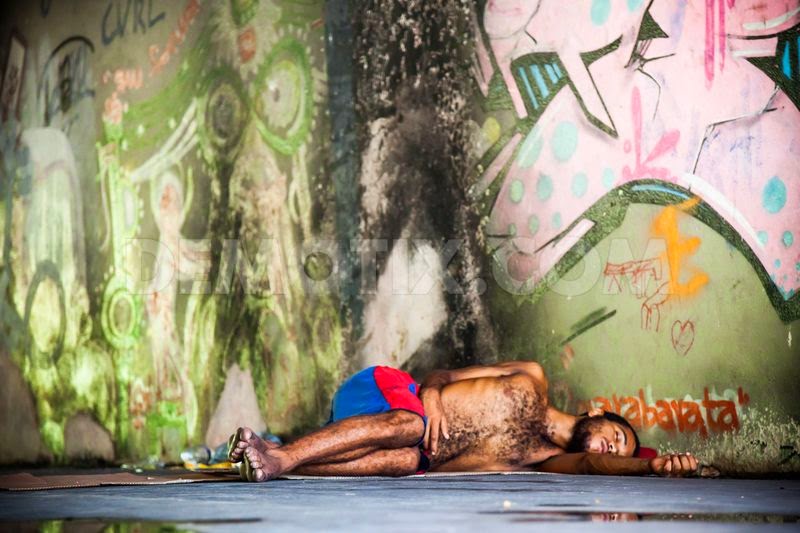 “A favela is the term for a slum in Brazil, most
often within urban areas. The first favelas appeared in the late 19th
century and were built by soldiers who had nowhere to live. Some of the
first settlements were called bairros africanos (African
neighbourhoods). This was the place where former slaves with no land
ownership and no options for work lived. Over the years, many former
black slaves moved in.
“A favela is the term for a slum in Brazil, most
often within urban areas. The first favelas appeared in the late 19th
century and were built by soldiers who had nowhere to live. Some of the
first settlements were called bairros africanos (African
neighbourhoods). This was the place where former slaves with no land
ownership and no options for work lived. Over the years, many former
black slaves moved in.
Even before the first favela came into being, poor citizens were pushed away from the city and forced to live in the far suburbs. However, most modern favelas appeared in the 1970s due to rural exodus, when many people left rural areas of Brazil and moved to cities. Unable to find a place to live, many people ended up in a favela. Census data released in December 2011 by the IBGE (Brazilian Institute of Geography and Statistics) shows that in 2010, about 6 percent of the population lived in slums in Brazil. This means that 11.4 million of the 190 million people that lived in the country resided in areas of irregular occupation definable by lack of public services or urbanization, referred to by the IBGE as “subnormal agglomerations”. – Wikipedia
Residents (R to L) Luiza, Janubie, Leiticia and
Lucas sit beneath an overpass near their houses in an impoverished area
in the unpacified Complexo da Mare slum complex, one of the largest
“favela” complexes in Rio de Janeiro. (Photo by Mario Tama/Getty Images)
A young resident stands next to a children's
kitchen playset in an impoverished area in the unpacified Complexo da
Mare slum complex. (Photo by Mario Tama/Getty Images)
The group of 16 communities house around 130,000
residents while plagued by violence and poverty and dominated by drug
gangs. (Photo by Mario Tama/Getty Images)
Nicolina Damascena sits in her home in the unpacified Complexo da Mare slum complex. (Photo by Mario Tama/Getty Images)
Mare is located close to Rio's international
airport and has been mentioned as a likely pacification target for the
police. (Photo by Mario Tama/Getty Images)
Resident and refuse picker, or catadora, Dona Lucinda, works in the slum complex. (Photo by Mario Tama/Getty Images)
A historic replica of an original Mare settlement
home is displayed in the Museu da Mare in the Complexo da Mare. (Photo
by Mario Tama/Getty Images)
Historic photographs of residents are displayed in
the Museu da Mare. The settlement of the area began in the 1940's with
wooden structures built over the edge of Guanabara Bay. (Photo by Mario
Tama/Getty Images)
Resident Simone in her room in favela. (Photo by Mario Tama/Getty Images)
A man walks over a makeshift bridge above a
polluted stream in an impoverished area in the slum. (Photo by Mario
Tama/Getty Images)
80-year-old Maria de Lourdes de Lima, a 40-year Mare resident, stands in her doorway. (Photo by Mario Tama/Getty Images)
Leiticia stands in an impoverished area of the largest “favela” complexes in Rio. (Photo by Mario Tama/Getty Images)
Josefa Soares de Olivera (Top C) stands with Vitor Soares near her home in favela. (Photo by Mario Tama/Getty Images)
Maria de Lourdes de Lima stands with flowers in her home in favela. (Photo by Mario Tama/Getty Images)
Rio's Police Pacification Unit (UPP) now controls
38 of the city favelas amid the city's efforts to improve security ahead
of the 2014 FIFA World Cup and 2016 Olympic Games. (Photo by Mario
Tama/Getty Images)
Janubie washes her face with fresh water from an open pipe near her house. (Photo by Mario Tama/Getty Images)





























